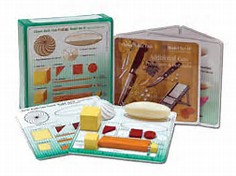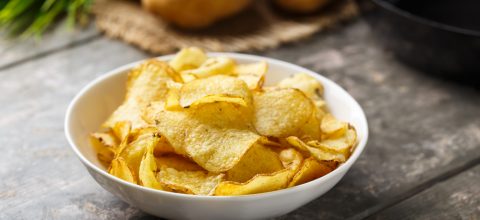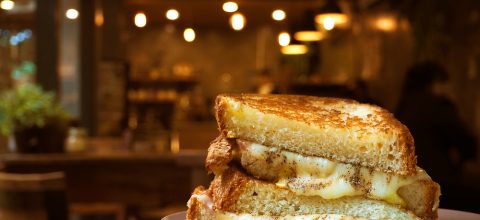After addressing a group of culinary students at an ACF state competition, I sat back and thought about my words and the content. In the Skills portion of the competition, one of the four disciplines is “Knife Skills.” It requires a competitor chosen from the team at random to perform this culinary skill. The competitors must dice an onion, cut julienne and chop some tomatoes among other things. As judges, we critique the competitors on the accuracy of the cuts and compare them to a known standard. One of the standards is a molded plastic form with the exact dimensions of the named cuts that are mounted to a board. I describe it as the original “3D APP.” You can look something up and then stick it back in your pocket. If you have ever been to culinary school or attended these competitions, you may have seen this guide or are at least familiar with the names of knife cuts that are common in a professional kitchen. In some cases, students spend hours fine-tuning their skills such as lining up their little sticks of carrots up in a row like little Napoleonic Soldiers. A sight to see!
That day, I stressed to the students the importance of practicing these cuts: if they perfect them, the cuts will become second nature and they will be better chefs for it. I was prepping them for the real world of the professional kitchen and they needed to know it. In reality, I don’t want to be a hypocrite, but lately, the examples I have seen in the industry are appalling. I was at a showing of new pre-cut vegetables that certain markets can use in our industry. For example, kitchens that don’t have enough staff for the amount of work that they need to accomplish over the course of the day. This could benefit them by reducing labor costs. I said to the vendor, “you have got to be kidding me!” I could have cut this better myself with a dull cleaver and been more consistent. He explained to me it was “all hand cut.” He wasn’t convincing any one that just because it’s called hand cut (out of a bag) that it’s going to be better.
Have you visited a sandwich joint and ordered a sandwich with dry cured meats, house-roasted roast beef or turkey breast? If these meats aren’t “carved” correctly on the electric slicer at the right thickness, they will be chewy. For example, when you take a bite of that $12 artisan sandwich and half of it comes out of the sandwich on your first bite because you can’t chew through it. Let’s not even talk about the crusty bread roll that can be a “bitch” in itself. Even the task of slicing sandwich meats, from grocery stores to high-end hotels, is a knife skill just as important as the list of Classical French ones, such as Tourne, Paysanne or Oblique, which adorn the menus of France’s 3 Star Michelin Restaurants.
A restaurants’ food should set itself apart not only by flavor, but also by the cook’s pride in presentation and the emphasis placed on perfectly cut vegetables and garnishes. A Consommé Brunoise (Escoffier #520) is defined by its clarity and the preciseness of the cuts of vegetables in the cup. Using your knife is a craft just as much as learning how to make molecular caviar. Which one will benefit you longer?
There are reasons why we stress the importance of using a knife. It is not to make culinary students miserable, but it has a significant impact on the operation’s profitability. Can you use the extra money you would have spent on those “hand cut vegetables” and instead invest in your staff and teach them knife skills? It also means providing them the right tools such as sharp knife to use. Dull knives are more dangerous to the human hand than sharp ones. Just ask an out of work surgeon with a dull scalpel. Check out the viral YouTube video of this man cleaning melons. The proper butchering of proteins, slicing of meats, cutting of vegetables and onions can save the pennies you are trying to find in your operation. It is easy to eliminate the high-ticket items to help the bottom-line by purchasing a pre-cut steak. However, it is harder to find customer satisfaction improvements from your top-line sales by switching from peeling your own fresh potatoes to buying pre-cooked mashed potatoes or potato salad.
Your staff is an investment that will offer you greater profits than you realize. You just need to believe in them and not see them as the only reason your profits have decreased.
Beer
If You Want To Have A Taste Of Life On The (Belgian) Farm…

Try this great farmhouse ale from Boulevard: Tank 7 Farmhouse Ale.
Learning Tools
3D Classic Knife Cuts Visual Model Set

If you are ever in the mood to work on your knife skills and cut some extra vegetables on a Sunday afternoon, check out this knife cuts set.










